In the IT sector, the term “configuration management” crops up quite often. Most businesses expect IT services to be available without any kind of interruption and to perform at maximum efficiency. To satisfy these demands, administrators need a formal methodology for configuring and managing servers. The scope of configuration management is broad and company specific, encompassing how a business handles both its software and hardware.
Configuration management tools (CMT) should, ideally, support multiple operating systems. This is the reason why vendors have developed configuration management utilities to assist server admins in maintaining the infrastructure and to lock systems into optimal settings. These offerings help IT pros understand what resources are available and alert them to the presence of updates based on the applications they are using. They also help find ways to roll out necessary changes.
When it comes to finding good configuration management tools, the problem isn’t lack of choice. The problem is that there are so many. To make things easier, here’s a list of the best ones.
Puppet
What it is: One of the most comprehensive CMTs in the industry, Puppet has some great modules, interfaces, and actions. This tool combines the best datacenter orchestration aspects and provides great operating system tools.
Features: Puppet has a few unique features up its sleeve that make it one of the best CMTs in the market.
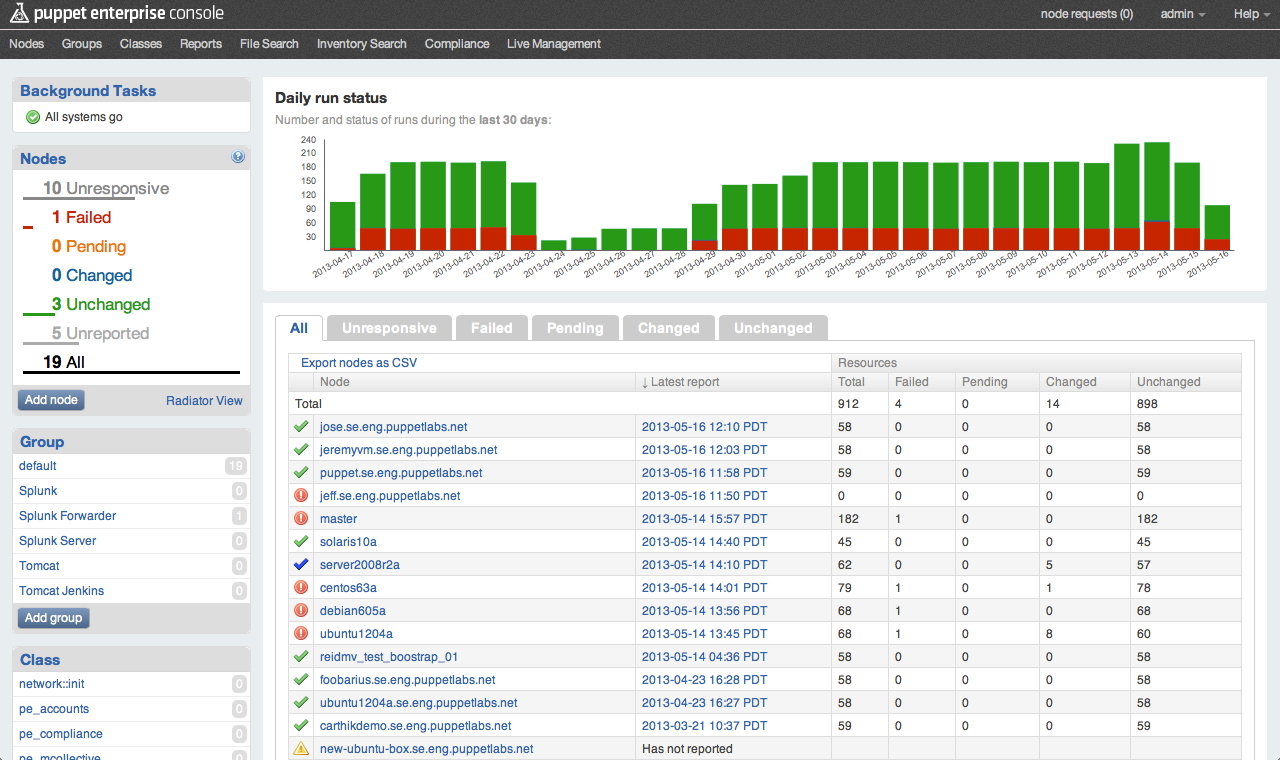
- The language enables administrators to set the description of the server configuration in the form of packages, groups, users, and services.
- Not only is the relationship between resources defined, but the resources themselves are grouped into logical collections.
- Every configuration is carefully checked and applied after understanding the current state, comparing the outcomes with the expectations, and adopting suitable actions for every resource.
- The cycle of auditing and syncing makes certain that the whole network remains consistent.
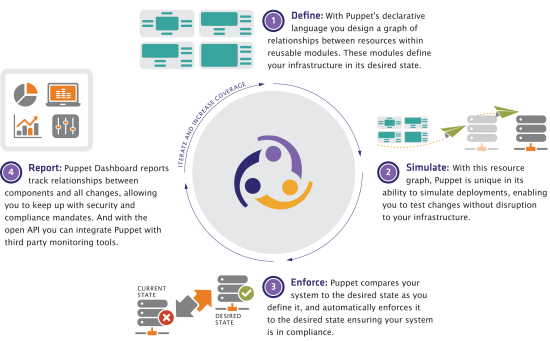
Usage: It is easy to set Puppet up, but you must first install client agents and the master server on each system that requires management.
Chef
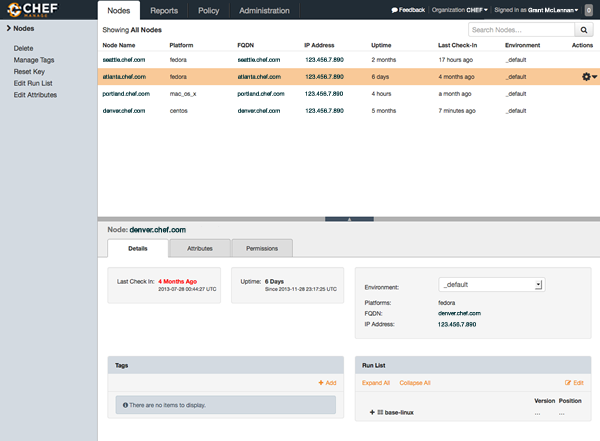 What it is: This powerful CMT is available both as an open-source and enterprise product. Chef boasts a flexible and scalable platform for automation and is capable of offering integration with major cloud providers. This tool also offers support for enterprise platforms, including Windows and Solaris, and allows users to bootstrap, manage, and develop OpenStack clouds.
What it is: This powerful CMT is available both as an open-source and enterprise product. Chef boasts a flexible and scalable platform for automation and is capable of offering integration with major cloud providers. This tool also offers support for enterprise platforms, including Windows and Solaris, and allows users to bootstrap, manage, and develop OpenStack clouds.
Features:
- Chef automates infrastructure by transforming it into code, and making it more testable, dynamic, and human-readable. This allows administrators to quickly and easily provision, manage, and then adapt their infrastructure as per changing requirements.
- Chef speeds up and simplifies the process of moving applications to the cloud. Workload migration becomes more consistent, and maintains a pace that suits admin needs.
- Management of different environments and servers, both on premises and the cloud, becomes easier with Chef.
- It is no longer difficult to control all cloud environments. With Chef, you can choose cloud providers that meet your requirements, based on cost and features.
- The Chef Server API remains available despite partial hardware or network failure. Admins can operate the server even in high-availability configurations.
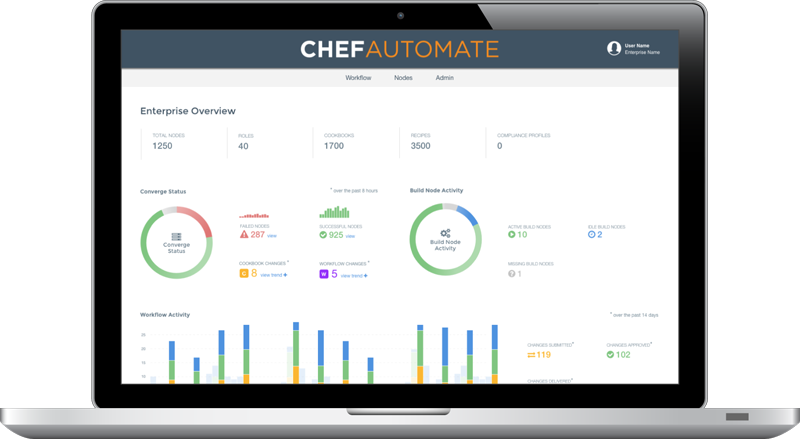
Usage: Chef can be used in business to also quickly source and deploy different servers for the purpose of automated delivery for applications and services.
CFEngine
CFEngine is used for the automation of provisioning and packaging software within the IT environment of an organization.
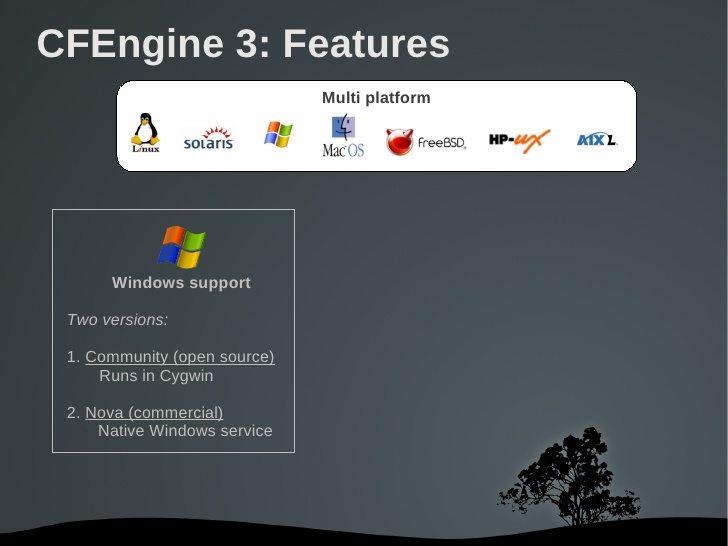
Features:
- CFEngine offers admins an interface that runs independent of any operating system. This makes maintenance actions a breeze across different hosts.
- CFEngine works off the idea that computer configuration needs to be executed in a convergent manner. This means that in spite of the initial system state, CFEngine can be run over and over with predictable results.
Importance: This is the oldest and arguably the most established among configuration management tools. Having undergone numerous iterations, CFEngine has managed to retain its relevance even as operating systems have migrated from local datacenters to the cloud.
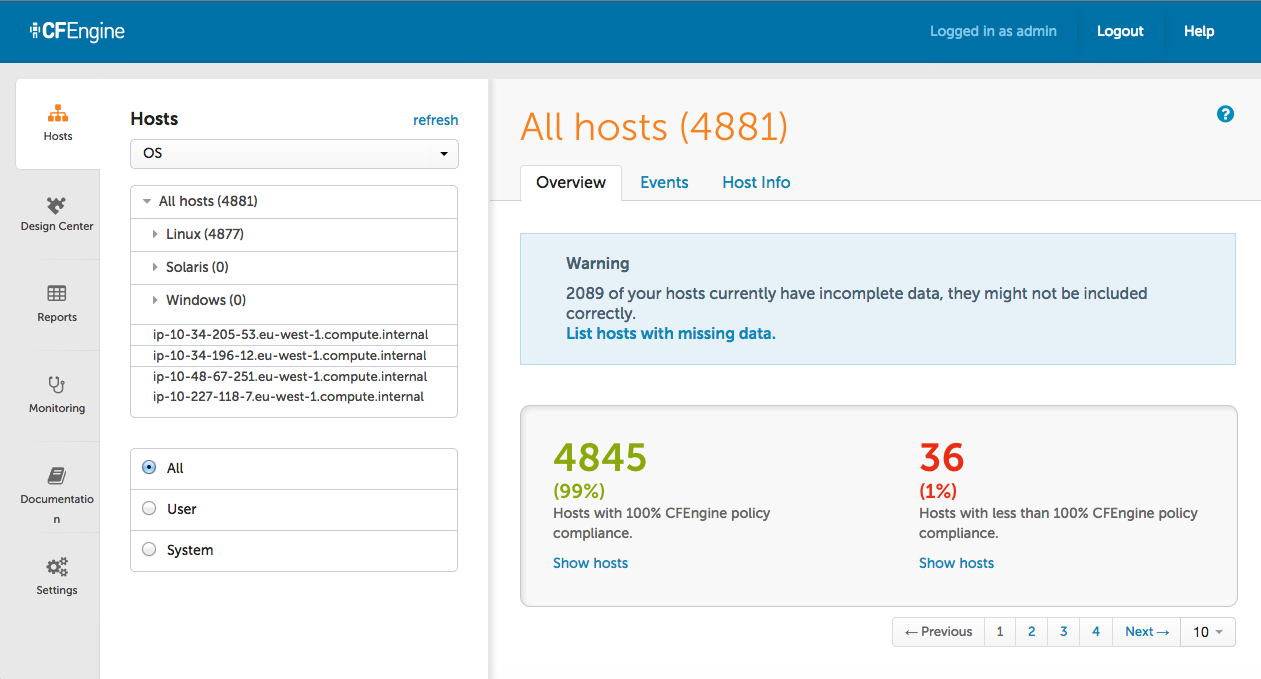
Salt
What it is: Numerous amazing features await server admins when they use configuration management parts of Salt.
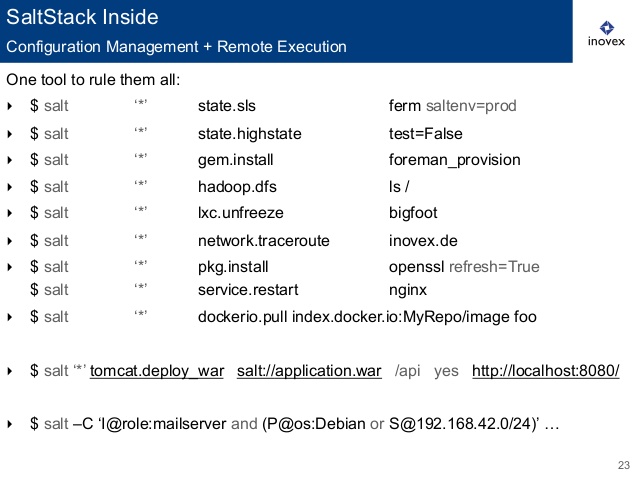
Features:
- Straightforward usage and organization available post-setup.
- Strong community support.
- Highly resilient and scalable.
- Transparency: admins can clearly see and understand what’s going on within Salt.
Usage: Users are able to issue different commands such as start services or install packages right from CLI, which is sent commands by the central Salt master, answering the questions with command results. You can install Salt either through Git or through package-management systems found on clients and masters.
Rudder
What it is: Administrators seeking the perfect tool for IT infrastructure management can opt for Rudder, an open-source configuration management tool.
Features:
- Rudder works on top of the CFEngine, and offers a wide range of features to users, like a Web interface, host inventory, a policy editor, reusable policies, API, production of per-host policies, and change requests.
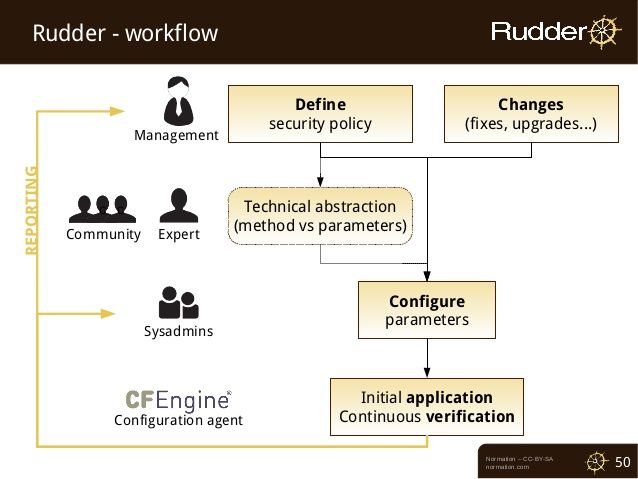
Usage: Rudder’s unique asset-management function is capable of identifying nodes as well as their characteristics, and this can prove useful when performing configuration management actions. This CMT makes use of asset management to identify nodes for configuration management.
Fabric
What it is: Fabric is a command-line automation tool used to streamline the use of SSH for SysAdmin tasks and application deployment.
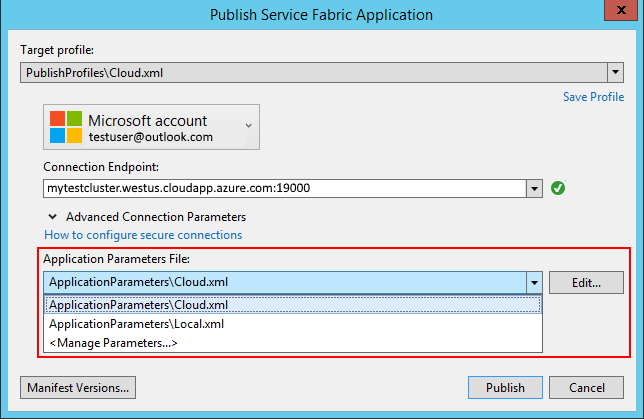
Features:
- Ideal for deploying applications written in any language.
- Simple and easier deployment compared to other CMTs.
- This tool is extensively integrated with SSH for the purpose of script-based streamlining.
Usage: It offers a basic choice of operations for executing remote or local shell commands. This is also used to commonly download and upload files, along with auxiliary functions that include prompting the user for further input.
Pallet
What it is: Pallet might be considered more of a configuration management framework or library built with developers in mind rather than a standalone configuration management tool. The lightweight nature of this app means it can be easily integrated or embedded into various applications.
Ansible
What it is: Categorized as an “orchestration engine” by its developers, Ansible is a model-driven CMT. It serves as an automated application deployment tool and a unique task execution tool as well.

Features:
- Ansible is fast and easy to learn, which means users will increase their productivity. It’s simple to quickly understand the logic and workflow of Ansible operations .
- Modules help improve the functionality of the tool.
- Ansible uses standard Paramiko or SSH modules to handle all master/agent communications for node management. No agents are necessary for installation on remote systems. This means less performance degradations and overhead maintenance .
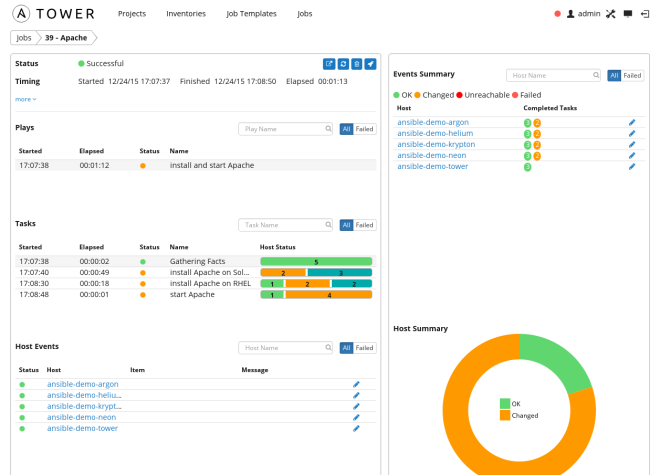
Usage: Though it’s built over the Python framework, Ansible offers several advantages, the major one being the ability to write its modules in different languages, as long as valid JSON is the module output. There are loads of different modules available for Ansible to manage, but you need to pay to access Ansible. It is available through an online UI, commonly known as the Ansible tower.
Time to choose
You’ll find many sorts of configuration management tools available, every single one of which has its share of pros and cons. The ones mentioned above are all excellent products, although some might not be the right options for your company. Be sure to consider the benefits and drawbacks of each before you choose one to use.
Photo credit: Flickr / El Cajon Yacht Club



